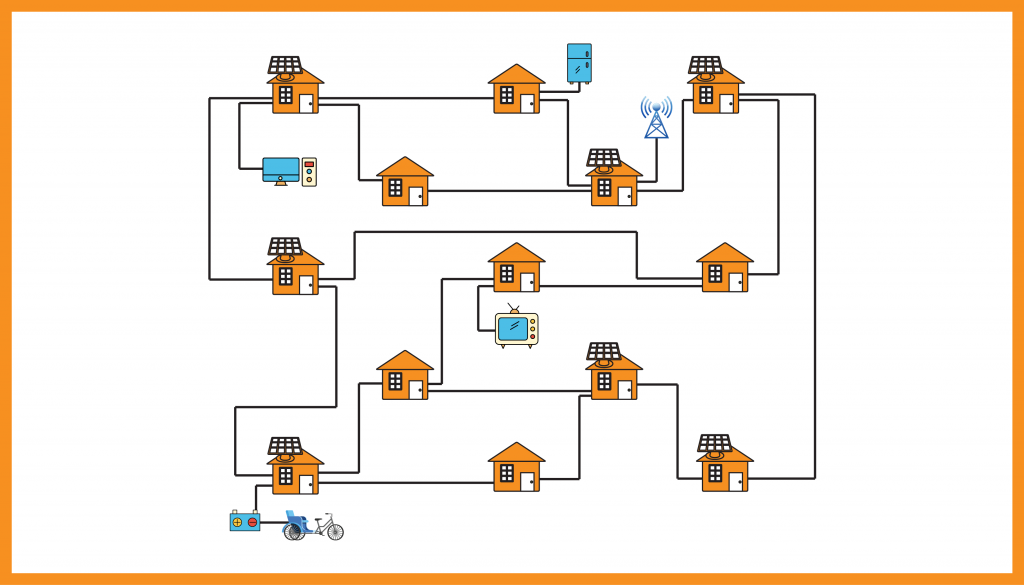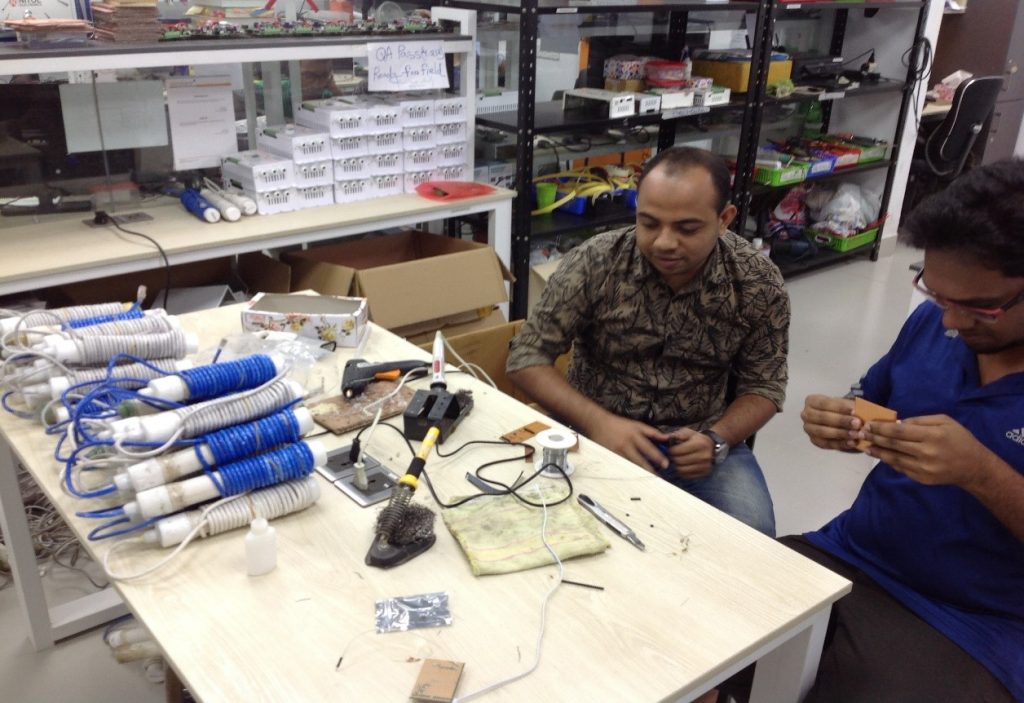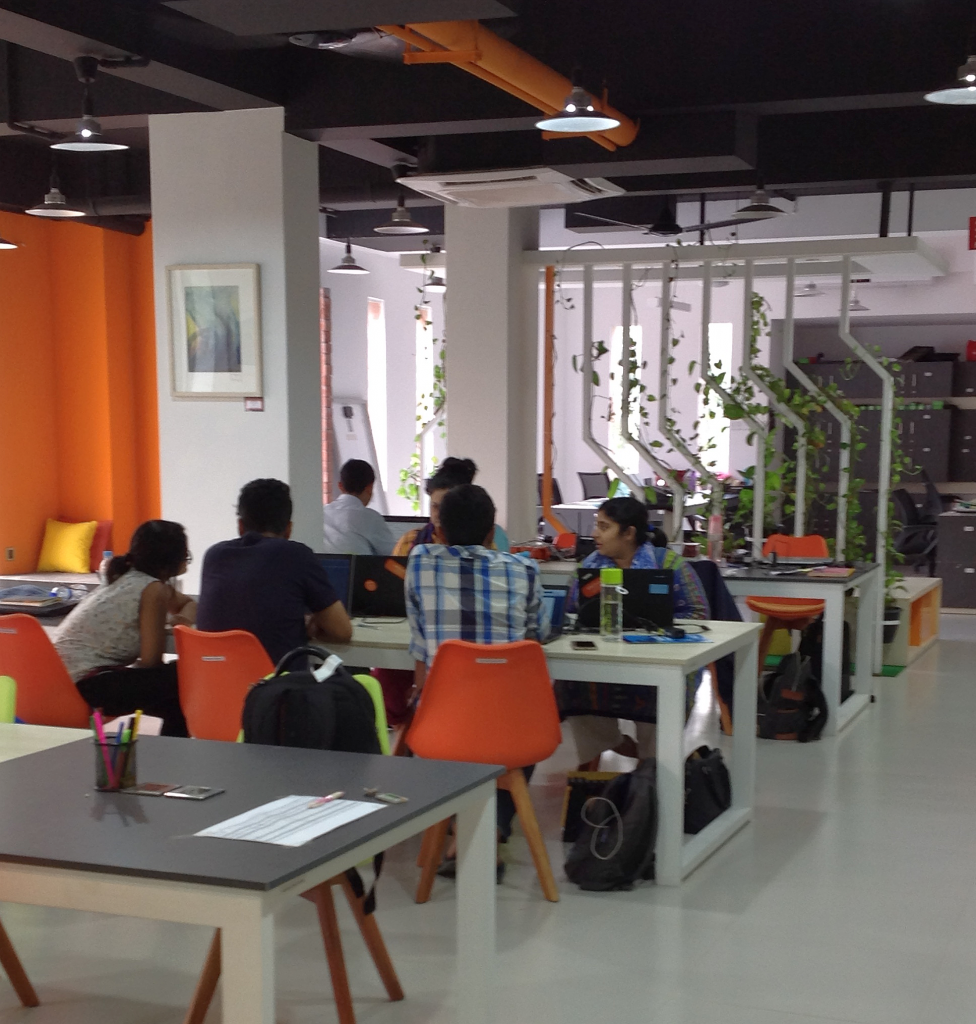- Date
- 19th September 2019
- Categories
- General
By Dr Jon Cloke
Solshare is one of the pioneers in peer-to-peer electricity trading, funded by European utilities interested in the core concept of the ‘Free Electron’, the idea that one day soon who owns production and transmission hardware for electricity may become irrelevant and what will count will be trading the flow of electrons through one vast network, the way that Uber trades rides but owns no cars and the way Airbnb trades accommodation but owns no hotels.

The SolShare model works, as their site says, by allowing “people to turn their excess solar electricity into money with zero hassle. It also enables them to purchase more power on the go whenever they want as well as they get to invest in more power generation and trade it off for a handsome return with minimal risk. This led us to install the world’s first cyber-physical peer-to-peer (P2P) solar sharing grids, and this of all places in remote areas of Bangladesh.”
The MECS visit was part of the initial set-up trip to Bangladesh, not out of mere curiosity but because the step-change in possibilities in the roll-out of solar represented by SolShare in Bangladesh may have distinct implications for PV-solar electric versions of MECS technology.
The MECS team arrived to be greeted by Dr Sebastian Groh, MD of SolShare and we were whisked into a meeting to get the low-down on SolShare’s achievements to date. Sebastian was reticent to boast, and began by going through some of the short-comings of the model, such as the draw-down limitations and the fact that although the purpose of SolShare was peer-to-peer trading, most new clients were really only interested in buying electricity to begin with and were not really interested in trading. Nonetheless, he said, even in communities of the poorest “People don’t care about cost”, which works as a positive bonus for the energy interventionist.

In some respects SolShare has become a victim of its’ own story – it now has to work out how to install another 100 grids with Grameen Shakti, the clean energy branch of the Grameen bank, at the same time as working out how to provide sufficient power for the fridges that everyone wants, whilst not losing the capacity to trade electricity.

SolShare has also had to rein in ambitions a bit; initial expectations were dampened a bit by equipment reliability issues, and the road to being self-sustaining is paved with good intentions.. notwithstanding, SolShare has learned how to tweak the sharing mechanism with the judicious positioning of ‘micro-utilities’ throughout their networks which boost available electricity for trading.
So how about MECS, then? Well, it’s just possible that the judicious packaging of a solar-electric cooker with its own solar panel to the standard SolShare model might provide the extra electricity to encourage quicker trading, smooth imbalances in the existing system and allow MECS to experiment with solar electric cooking… sharing with the sharers. Watch this space.